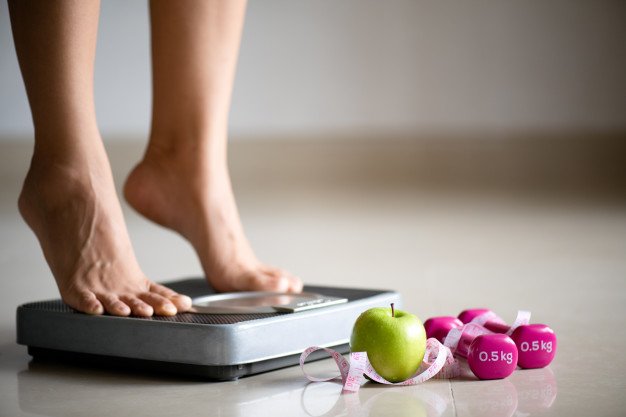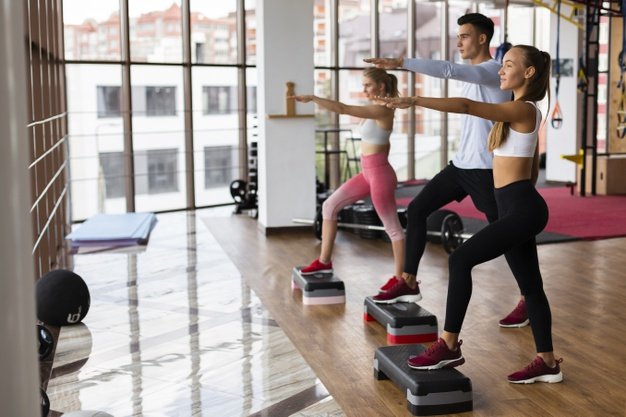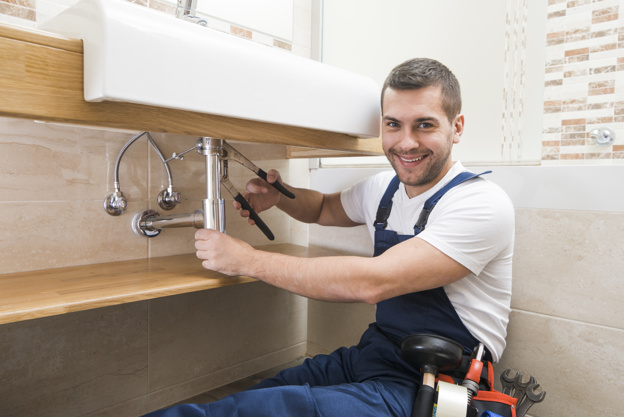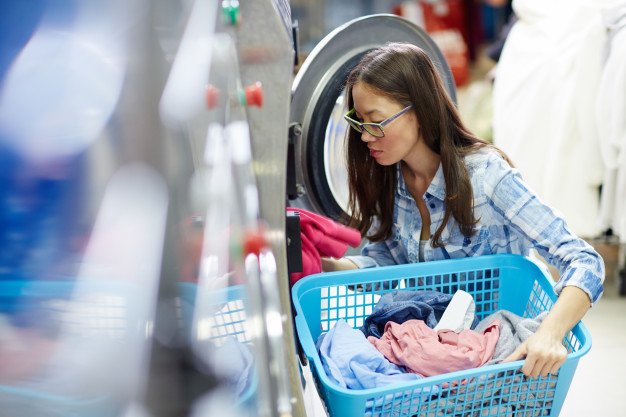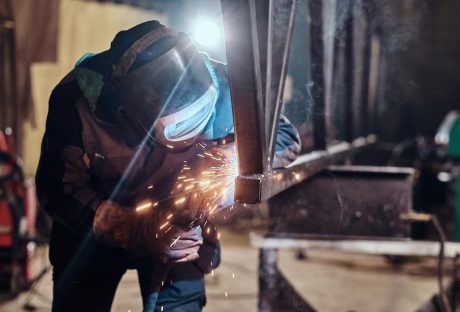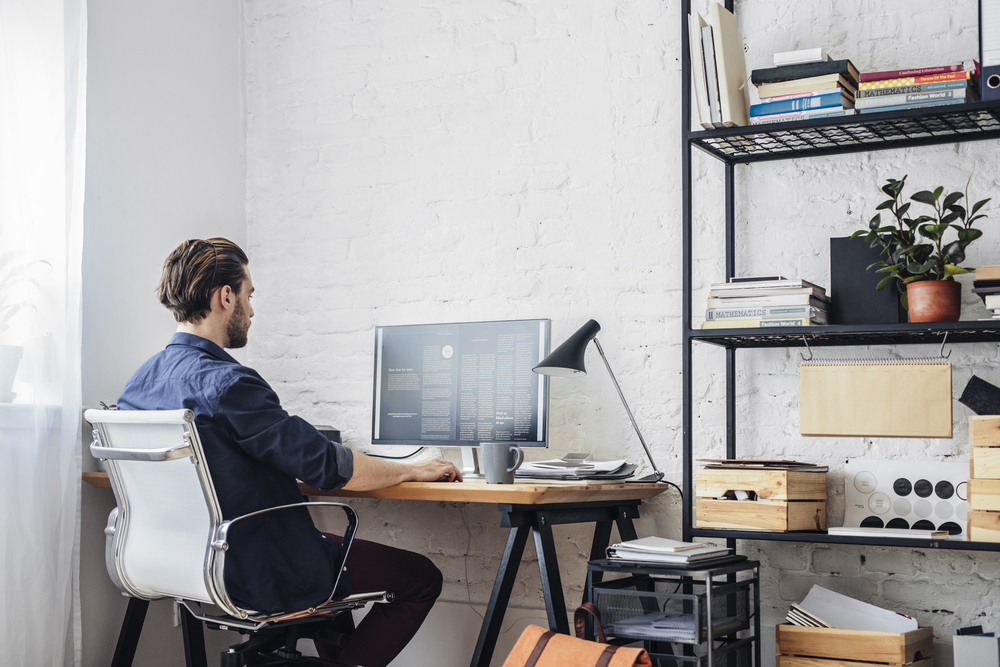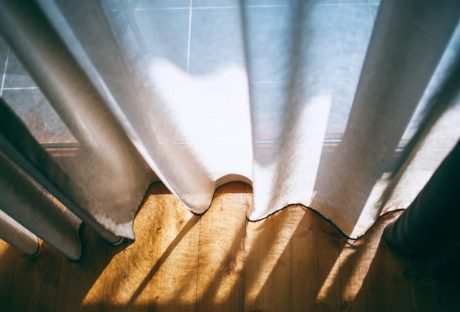To be able to live life to its fullest potential, having good health and physical fitness is essential. Health is a person’s greatest resource. It is what allows individuals to do what they please to do. Bed, Treadmill, and Balanced diet are needed to achieve fitness.
Being healthy is vital in every aspect of people’s lives. ‘Health is wealth’, so to speak. No material wealth could equal the value of one’s health. You can have all the wealth in the world but it would not mean a thing if you have a poor health condition.
Bad health holds people back from doing the things that they truly desire. It could even hinder people from achieving their dreams. It is imperative that people should take good care of their health. Click
here, to know more about the importance of health.
Good well-being does not simply mean having no illnesses. There’s actually more to it than the absence of diseases. In looking at health, the complete state of mental, physical, emotional, and social conditions should be taken into account.
The aforementioned factors that makeup health are all equally important, however, in this article the focus will just be on taking care of the physical aspect of well-being. Although they are all interconnected in the sense that the state of one can affect the state of others, the discourse will simply revolve on ways to promote health as far as the physical condition is concerned.
Physical fitness is the ability to carry out a task and other daily activities efficiently and without undue fatigue. A physically fit person is able to accomplish all that he needs to and still have the energy to do extra activities like playing sports and other leisure.
Physical fitness is achieved by having sufficient rest, getting the right nutrition, and doing regular exercises. It may sound easy but it definitely is not. Attaining physical fitness requires a lot of dedication and commitment to live a healthy lifestyle. To get a better understanding of physical fitness, its parts, and other pertinent subjects, visit the following link: https://us.humankinetics.com/blogs/excerpt/what-
is-physical-fitness.
Sufficient Rest

Among the three things required to achieve physical fitness, getting sufficient rest seems like the easiest to achieve. It may be difficult for people who have hectic schedules but unlike the two requirements, it does not demand a lot from people. Having sufficient rest allows people to have the energy to get by the day. It helps maintain a person’s optimal health.
Studies have shown that getting adequate sleep betters calorie regulation, thereby helping in managing weight. Getting enough rest can help strengthen the immune system. It helps fight infections and reduce the risk of heart disease. Resting basically is for repair, regenerate, and recover.
Balanced Diet

To be physically fit, people need to get the right nutrition. Getting the right nutrition is important because the tissues in the body need them to be able to work effectively. Without the right nutrition, a person is prone to viruses, infections, and diseases.
Poor performance is also a product of not getting the right nutrition. Eating a balanced diet is the only way to get the nutrition that your body needs. If you want your body to function correctly, having a balanced diet is necessary. Eating a balanced diet requires discipline and the ability to say no to the temptation of yielding to fatty foods.
Regular Exercise
One of the most basic needs of the body is to have regular exercise. Being physically active provides a lot of benefits to the body. It helps fight various diseases and infections. It also strengthens bones, muscles, and joints which help improve a person’s mobility. Lowering blood pressure and sugar levels is another benefit of having regular exercise.
There are a lot of things that people could do to stay physically active. Doing aerobic exercises such as walking, running, or jogging is an effective way to stay active. For people who don’t want to go outside to do these things, using treadmills is a good idea. Dancing, swimming, and playing sports are also good ways to be active.
Taking care of your health is paramount. Life becomes so much better when you have a healthy body. You have the freedom to do anything you want to do. Taking care of your health may not be easy. It may demand a lot from you but its returns make it all worth it.
Read Also:













